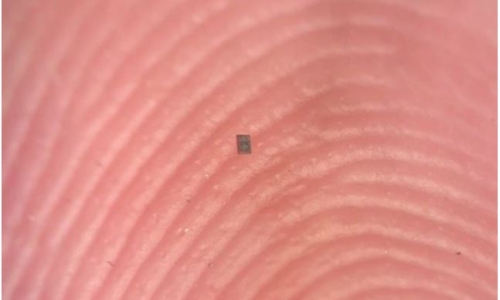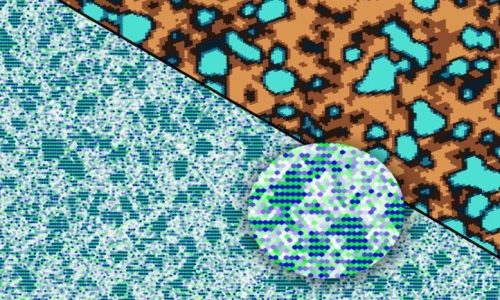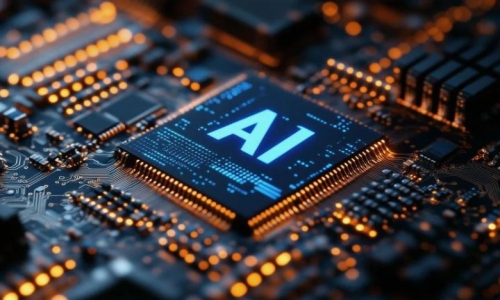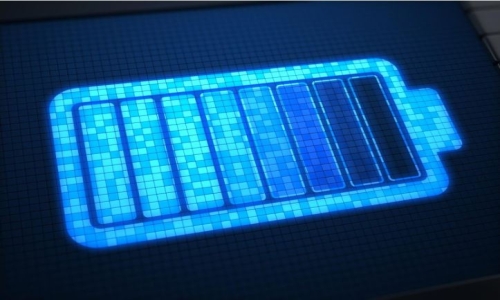


 5:48:12
5:48:12  2019-07-13
2019-07-13  1213
1213

Attention deficit hyperactivity disorder is a condition that affects behavior. It causes people to be hyperactive and impulsive. They may also be easily distracted and have difficulty concentrating or sitting still.
Known as ADHD, the condition is a mental health disorder that affects both adults and children and is recognized by the American Psychiatric Association (APA).
Signs of ADHD are different in adults and children. This article explains what to look for and how to source help and treatment.
What are the signs of ADHD in children?
ADHD is thought to affect 1 in 10 children between 5 to 17 years old. Children are usually tested and diagnosed because they have problems at school.
Signs in children include:
Inattention, such as:
Hyperactivity and impulsivity, such as:
A child who is diagnosed with ADHD will often have symptoms for more than 6 months and behave in ways not considered normal for a child of their age.
What are the signs of ADHD in adults?
As many as 60 percent of people diagnosed with ADHD as children continue to have symptoms as adults. For many, these symptoms become less intense with age.
Treatment to manage symptoms is essential as the condition can negatively impact someone's life without it.
ADHD in adults can affect relationships, careers, and day-to-day functioning. Symptoms affect aspects of daily life, such as time management and can cause forgetfulness and impatience.
Does your child have ADHD?
It is difficult to diagnose ADHD in children under 4 years old because their behavior continually changes. They may be very energetic and distracted one day and calmer and focused other days.
Toddlers with ADHD may show early signs, including:
It is important to note that many young children have short attention spans, may have tantrums, and can be full of energy during different developmental stages.
A parent should make an appointment with their doctor if they are concerned about their child's behavior and feel it is having a negative impact on family life.
Are signs different in boys and girls?
Boys are three times more likely than girls to be diagnosed with ADHD, which may be because boys display classic signs of hyperactivity more obviously than girls.
Research has shown boys with ADHD are more likely to show externalized signs, such as hyperactivity, where girls are more likely to display internalized signs, such as low self-esteem. Boys are also more likely to be physically aggressive where girls are more often verbally so.
Girls with ADHD may exhibit signs of hyperactivity. In many cases, symptoms are subtler. Girls with ADHD may:
It can be difficult to notice that girls have the condition while recognizing ADHD in boys may be easier due to more obvious signs.
However, not all boys with the disorder are diagnosed. Boys are traditionally considered to be more energetic and boisterous. Their behavior could be dismissed as 'boys being boys.'
Boys with ADHD may:
Prompt diagnosis is vital even though boys and girls may display different symptoms of ADHD.
This is because ADHD can affect schoolwork, home life, and relationships.
Children who remain undiagnosed are also more likely to develop:
Prompt diagnosis and appropriate treatment can improve symptoms and help prevent additional complications.
What is the treatment?
Doctors and researchers are still uncertain about what causes ADHD. It is thought to be associated with chemicals in the brain and may have links to genetics.
A doctor will ask about the child's symptoms and assess their behavior to diagnose ADHD.
There is no single test for ADHD. A doctor will instead gather evidence from parents, teachers, and family members. They will then base their diagnosis on the answers and information given about behavior over the previous 6 months.
A physical examination will also be carried out to check for any additional or underlying health problems.
Medication
Treatment can be medication or behavioral therapies or a combination of the two.
The two types of medications used to help people with ADHD are stimulants and nonstimulants.
Central nervous system (CNS) stimulants, such as methylphenidate (Ritalin) and amphetamine-based stimulants (Adderall), are the most commonly prescribed medications to treat ADHD.
These drugs work by increasing the amount of the dopamine and norepinephrine in the brain.
Nonstimulant medications, such as atomoxetine (Strattera), and antidepressants, such as nortriptyline (Pamelor), are also sometimes used. These drugs work by increasing levels of norepinephrine in the brain.
Lifestyle changes
Parents can help their child manage ADHD symptoms. The Centers for Disease Control and Prevention (CDC) recommend changes, including:
Days that are structured and where children understand what they will be doing may help to reduce symptoms.
Takeaway
ADHD cannot be prevented. However there are ways to support children and adults to enable them to manage the condition, so it has a minimal impact on their day-to-day lives.
Organizations like Children and Adults with Attention-Deficit/Hyperactivity Disorder or the Attention Deficit Disorder Association provide information about the disorder and tips to manage it.
The more parents educate themselves about the condition, the better equipped and more able to deal with it they will feel.
Reality Of Islam |
|

A tiny robo

By applying

Stanford, C

A new study
 9:3:43
9:3:43
 2018-11-05
2018-11-05
10 benefits of Marriage in Islam
 7:5:22
7:5:22
 2019-04-08
2019-04-08
benefits of reciting surat yunus, hud &
 9:45:7
9:45:7
 2018-12-24
2018-12-24
advantages & disadvantages of divorce
 11:35:12
11:35:12
 2018-06-10
2018-06-10
 6:0:51
6:0:51
 2018-10-16
2018-10-16
 10:43:56
10:43:56
 2022-06-22
2022-06-22
 10:55:53
10:55:53
 2022-06-13
2022-06-13
 8:39:51
8:39:51
 2022-09-23
2022-09-23
the happy life of mankind requirement
 6:36:36
6:36:36
 2022-01-25
2022-01-25
 2:13:43
2:13:43
 2022-05-27
2022-05-27
 9:50:37
9:50:37
 2023-02-28
2023-02-28
 10:35:40
10:35:40
 2022-05-26
2022-05-26
 5:41:46
5:41:46
 2023-03-18
2023-03-18
| LATEST |